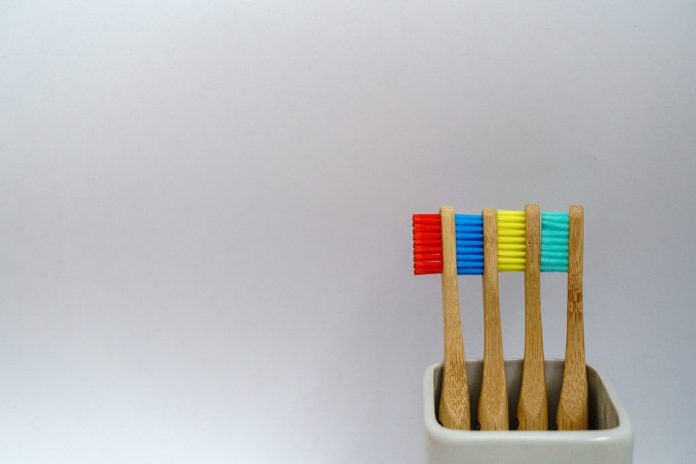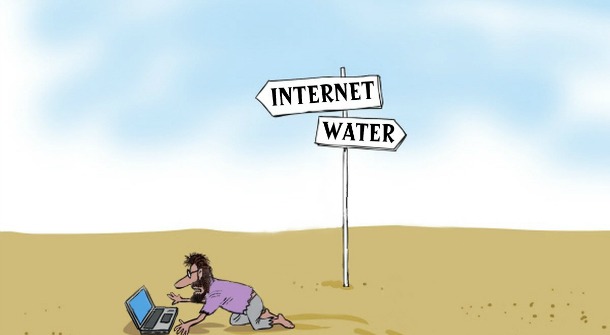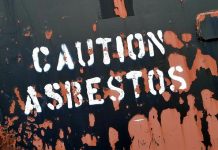
The current pandemic is affecting African Americans and Latinos particularly hard, reports U.S. News, particularly in the realm of dental and oral health. On the whole, oral health has improved in children and teens alike significantly over the past half century, owing to actions such as water fluoridation and school-based sealant programs. But youths with minimal access to preventive care have higher oral disease rates. Issues such as income, education levels, race and ethnicity are affecting both children and adults more than ever in current times, with many parents unable to afford dental visits owing to job loss and the fear of contracting the virus at the dentist’s office. This, in turn, could lead to tooth loss, gum disease, and other issues that can affect oral health in the long-term.
Oral Health among Teens in the U.S.
The CDC’s Oral Health Surveillance Report shows that as a whole, the prevalence of cavities among adolescents aged 12 to 19 has not changed significantly over a five-year period (the percentage of those affected stands at 57%). The prevalence is higher among Mexican American (69%) and poor and near-poor teens (65%) compared to non-Hispanic white teens (54%) and those from families that are not struggling economically (49%). The good news is that the overall prevalence of untreated tooth decay has decreased in recent years, with the largest decline (8 percentage points) being seen in Mexican-American teens. Oral health specialists fear, however, that improvements made may be reversed owing to the current health situation.
The Effect of the Pandemic on Oral Health in India
The U.S. is not the only country whose population is being affected by the health crisis. Recent research by P. Bhanushali et al has found that it is also impacting dentistry in India, affecting both dental health personnel and patients. Despite the fact that children seem to have a lower risk of contracting the virus or showing signs of infection, they can still be carriers of the disease, which is one reason why parents may be putting off care.
Prevention is Better than Cure
As reported by Health Vision India, good oral health in children/youths may lower the likelihood of infection as in the past, studies have shown that good oral hygiene can lower the progression of respiratory problems like pneumonia. Parents should weigh the risks of deferral of dental care against those of tooth loss and gum disease. At home, they can take preventive steps such as ensuring their children brush and floss regularly, consume healthy low-sugar foods, stay hydrated, and aim to have online dental consultations if in doubt.
Equipment such as mirrors to inspect teeth can also be purchased online, to look out for problems such as the commencement of tooth decay. Parents who notice a dark or brown stain on children’s teeth or the build-up of plaque should consider a dental visit a priority. During visits to the dentist, they should also talk to the dentist about the use of sealants. The latter can significantly reduce the likelihood of decay.
Factors that can Increase Decay and Tooth Loss
In order for teens to stave off the serious consequences of decay (including gum disease and tooth loss), prevention, regular visits to the dentist, and treatment (sometimes orthodontic) may be required. Orthodontics can cost between $5,000 and $10,000 and there are additional costs involved. For instance, wearing braces involves following a diet that protects the apparatus structurally. Teens wearing braces have to consume more soft fruits and vegetables and less hard foods such as meat. Parents may need to spend more on weekly groceries to accommodate dietary requirements, which can be a challenge for families that are already struggling financially. Preventive care can also be costly, since it may require frequent dental visits for regular cleaning and treatments such as root scaling if disease is present beneath the gum line.
The Effect of the Current Health Situation
The current pandemic is having an effect on many industries — including the dental/oral care industry. Some smaller dental practises in less affluent areas may already be having difficulty operating on thin profit margins and the current situation may result in some going out of business. Many patients are also deferring care, foregoing preventive visits and only making appointments for emergency issues such as abscesses and painful cavities.
Unfortunately, by the time pain and infection arises, the only solutions are usually root canal treatments or the removal of the offending tooth or teeth. Subsequent costs of implants and deep cleanings may be impossible to assume for parents who may be out of work or otherwise in dire financial straits owing to the situation. Moreover, many states reduce dental benefits for adults, meaning that dentists can only accept out-of-pocket payments from their patients.
The overall state of oral health in the U.S. has improved over the past few decades, yet the current health crisis is putting particular pressure on African American and Latino patients — both teen and adult. Disparities in oral health certainly exist as a result of the high costs of prevention, treatment, and orthodontics. Currently, dentists are struggling to stay open as well, with many no longer being able to count on state funding. This is a serious issue that needs to be addressed on a federal level, since deferral of care is only likely to make oral health problems worse.













